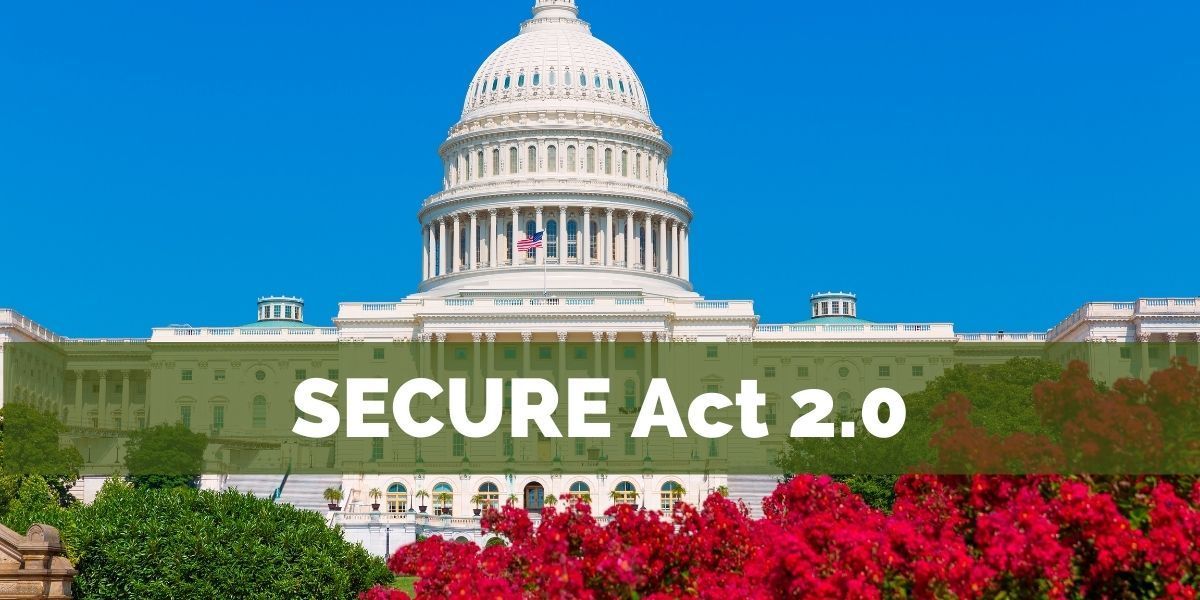Will Updated I.R.S. Tables Create an Opportunity for Retirees?
Life expectancy table updated for the first time since 2002.
If you are retired and have reached your seventies, you may have the opportunity to draw a little less income from your retirement savings accounts in 2022.
Next year, the Internal Revenue Service plans to update the life expectancy tables used for the calculation of required minimum distributions, or RMDs – the annual withdrawals you are asked to make from certain kinds of retirement plans. 1 The I.R.S. knows that on the whole, Americans are living longer than they used to, and therefore, their retirement savings need to last longer. In recognition of this, it is revising the tables used to figure RMDs for the first time since 2002. 1
Under the new life expectancy tables, RMD amounts are reduced a bit. Generally speaking, they shrink by several percentage points.
For example, if you turn 72 in 2022 and take your first RMD from a traditional IRA (or other qualified retirement plan) by the end of 2022, that RMD will be 6.65% smaller than it would be according to the 2021 tables. (You do have the choice to delay your initial RMD into 2023, though if you do so, you will be asked to take two 2023 RMDs.) 2
To further illustrate this, we will switch over to dollars from percentage points. If you turn 72 in 2022 and decide to take your first RMD from a traditional IRA that has $3,000,000 in it by the end of 2022, your RMD is $109,489 by calculations using the 2022 tables. Using the current tables, that 2022 RMD would be $117,186. 3 Speaking of traditional IRAs, as a reminder, distributions from traditional IRAs must begin once you reach age 72. The money distributed to you is taxed as ordinary income. When such distributions are taken before age 59½, they may be subject to a 10% federal income tax penalty. You may keep contributing to a Traditional IRA past age 72, as long as you meet the earned-income requirement.
The reduction in RMDs may be a benefit. You might be wondering if you should offset it by withdrawing more than the RMD amount, but there could be a price to pay for that over time; drawing down your retirement savings too much can heighten the risk of outliving your money.
Consider the upsides to smaller RMDs. A little more of your retirement money stays in the account, with further potential for tax-deferred growth. As RMDs represent taxable income, a marginally smaller RMD may leave you with slightly less income tax linked to the distribution.
This information has been derived from sources believed to be accurate. This material was prepared by MarketingPro, Inc., and does not necessarily represent the views of the presenting party, nor their affiliates. Please note – investing involves risk, and past performance is no guarantee of future results. The publisher is not engaged in rendering legal, accounting or other professional services. If assistance is needed, the reader is advised to engage the services of a competent professional. This information should not be construed as investment, tax or legal advice and may not be relied on for the purpose of avoiding any Federal tax penalty. This is neither a solicitation nor recommendation to purchase or sell any investment or insurance product or service, and should not be relied upon as such. All indices are unmanaged and are not illustrative of any particular investment.
Citations
- Kiplinger.com, December 20, 2020
- Florida Today, January 8, 2021
- IRAHelp.com, November 9, 2020
KC Financial Advisors Blog














